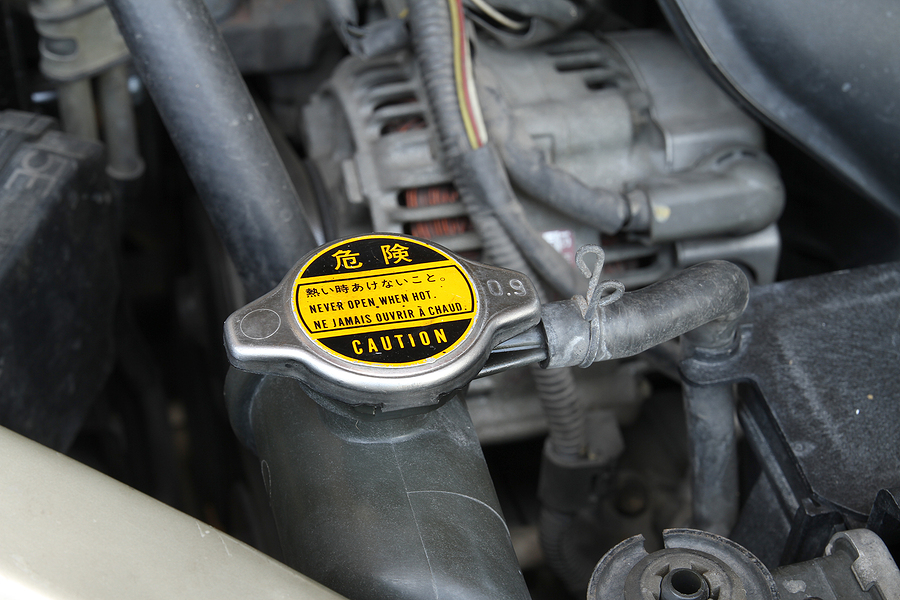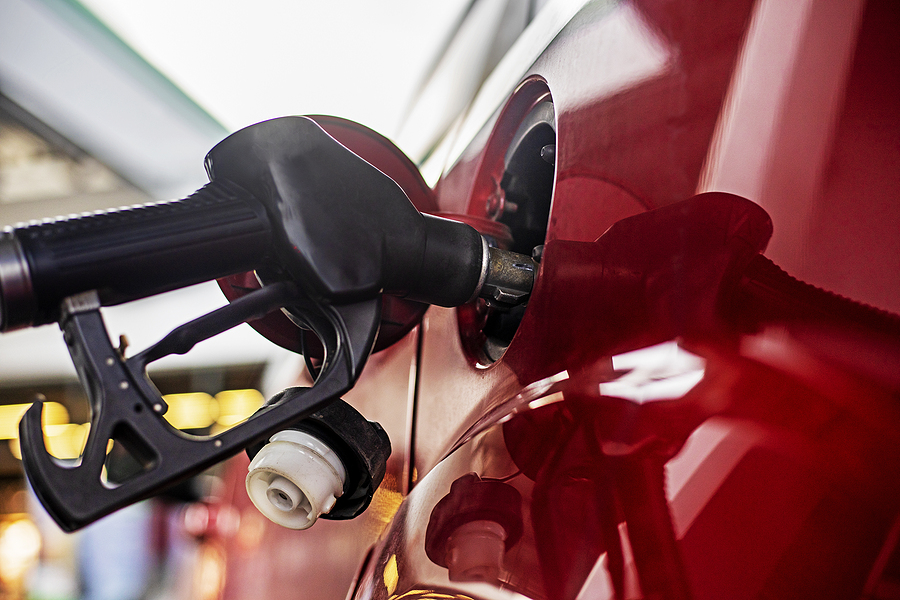Your car’s radiator works tirelessly behind the scenes, keeping your engine at the perfect temperature while you cruise down the highway. This essential component circulates coolant through your engine, absorbing excess heat and preventing costly damage that could leave you stranded on the roadside.
Understanding when your radiator needs attention isn’t just about avoiding inconvenient breakdowns—it’s about protecting one of your vehicle’s most expensive components. Engine repairs from overheating can cost thousands of dollars, making radiator maintenance a smart investment in your car’s longevity.
Whether you’ve noticed your temperature gauge climbing higher than usual or spotted mysterious puddles under your parked car, recognizing the early warning signs of radiator problems can save you both time and money. Let’s explore how to identify when your radiator needs professional attention and what steps you can take to keep your cooling system running smoothly.

Critical Signs Your Radiator Needs Replacement
Engine Overheating
The most obvious symptom of radiator failure is engine overheating. When your temperature gauge creeps into the red zone or warning lights illuminate your dashboard, your radiator may not be circulating coolant effectively. Overheating can occur gradually during long drives or suddenly in stop-and-go traffic.
If your car overheating becomes a recurring issue, the radiator’s internal passages may be clogged with rust, debris, or mineral deposits. These blockages prevent proper coolant flow, causing your engine temperature to spike dangerously high.
Visible Coolant Leaks
Coolant leaks create telltale puddles beneath your parked vehicle. Fresh coolant typically appears bright green, orange, or pink, depending on the type used in your car. These leaks often start small but can quickly worsen, leading to complete cooling system failure.
Check around the radiator, hoses, and connections for signs of leakage. Even minor drips indicate potential car radiator problems that require immediate attention. Driving with low coolant levels can cause severe engine damage within minutes.
Discolored or Contaminated Coolant
Healthy coolant maintains its original bright color and flows smoothly through the system. However, contaminated coolant may appear rusty brown, murky, or contain visible particles. This discoloration indicates internal corrosion or the presence of oil, both serious concerns for your cooling system.
When coolant becomes contaminated, it loses its ability to transfer heat effectively and can damage radiator components from the inside. Regular coolant inspection helps identify these issues before they require expensive automotive repair.
Unusual Noises from the Engine Bay
Strange sounds emanating from your radiator area often signal mechanical problems. Gurgling noises may indicate air pockets in the cooling system, while grinding or rattling sounds could point to a failing water pump or loose components.
These audio cues shouldn’t be ignored, as they often precede more serious cooling system failures. Early intervention can prevent a minor issue from becoming a major car radiator repair expense.
Essential Safety Tips and Warnings
Never Remove the Radiator Cap When Hot
Opening a hot radiator cap releases pressurized steam and scalding coolant that can cause severe burns. Always wait until your engine has cooled completely—at least 30 minutes after driving—before attempting to check coolant levels or inspect the radiator.
The cooling system operates under pressure to raise the boiling point of coolant. Removing the cap while hot can cause violent eruptions of superheated fluid, creating dangerous conditions for anyone nearby.
Pull Over Immediately if Overheating Occurs
If your temperature gauge enters the danger zone while driving, safely pull over and turn off your engine immediately. Continuing to drive with an overheating engine can cause catastrophic damage, including warped cylinder heads, blown head gaskets, or complete engine seizure.
Turn on your heater to help dissipate engine heat while you safely navigate to the roadside. Once stopped, avoid opening the hood until the engine has cooled significantly to prevent steam burns.
Use Proper Personal Protective Equipment
When inspecting your radiator or adding coolant, wear safety glasses and gloves to protect against chemical splashes. Coolant contains ethylene glycol, which is toxic if ingested and can cause skin irritation with prolonged contact.
Keep coolant containers away from children and pets, as the sweet taste can be appealing but potentially fatal if consumed. Dispose of used coolant properly at recycling centers or automotive service facilities.
Schedule Car Radiator Repair Service Today! ✨
Preventive Radiator Maintenance Guidelines
Regular Coolant Level Monitoring
Check your coolant level monthly when the engine is cold. Most vehicles have both a radiator cap and an overflow reservoir with minimum and maximum level markings. Maintaining proper coolant levels prevents air pockets that can cause overheating and component damage.
Regularly check your coolant level and the condition of your radiator hoses. Replace any cracked or bulging hoses to prevent leaks and potential engine damage. This simple scheduled car maintenance step can prevent expensive repairs down the road.
Systematic Coolant System Flushes
Flush your cooling system every two years or 30,000 miles to remove rust and deposits that can clog the radiator and reduce its efficiency. Over time, coolant breaks down and becomes acidic, corroding metal components and leaving harmful deposits throughout the system.
A proper coolant flush involves draining the old fluid, cleaning the system with specialized solutions, and refilling with fresh coolant mixed to manufacturer specifications. This radiator maintenance procedure extends component life and maintains optimal cooling performance.
Radiator and Grille Cleaning
Keep your radiator fins clean and free from debris that can block airflow. Road grime, leaves, and insects accumulate on the radiator’s exterior surface, reducing its ability to dissipate heat effectively. Use compressed air or a soft brush to gently remove buildup without damaging delicate fins.
Inspect the area behind your front grille regularly, especially after highway driving or during seasons when debris is more prevalent. Clean radiator fins improve cooling efficiency and can prevent overheating in demanding driving conditions.
Frequently Asked Questions
How often should I replace my radiator?
Most radiators last 8-10 years or 100,000-150,000 miles with proper maintenance. However, harsh driving conditions, neglected maintenance, or coolant contamination can shorten this lifespan significantly. Regular inspections help determine when replacement becomes necessary.
Can I drive with a leaking radiator?
Driving with a leaking radiator is dangerous and can cause severe engine damage. Small leaks may allow short trips to a repair facility, but significant leaks require immediate attention. Monitor your temperature gauge constantly and be prepared to stop if overheating occurs.
What is the cost of a new radiator?
New radiator cost varies widely based on vehicle make, model, and radiator type. Basic radiators may cost $150-$400, while premium or specialized units can exceed $800. Labor costs for installation typically add $200-$500 to the total expense.
How can I check my radiator for leaks?
Inspect the ground beneath your parked car for colorful puddles. Check radiator hoses, connections, and the radiator itself for visible wetness or staining. A pressure test performed by a professional can identify small leaks not visible during casual inspection.
What type of coolant should I use?
Always use coolant that meets your vehicle manufacturer’s specifications. Common types include ethylene glycol-based (green), extended-life (orange/red), or hybrid formulations. Mixing different coolant types can cause chemical reactions that damage your cooling system.
Is it safe to drive my car if it’s overheating?
Never continue driving an overheating vehicle. Pull over immediately, turn off the engine, and allow it to cool completely. Driving with an overheating engine can cause permanent damage costing thousands of dollars in repairs.
In Summary
Your radiator plays a crucial role in preventing expensive engine damage, making regular maintenance and prompt attention to problems essential for vehicle longevity. Understanding the warning signs of radiator failure empowers you to take action before minor issues become major expenses.
By following the maintenance tips outlined above and addressing problems early, you can extend your radiator’s lifespan and avoid unexpected breakdowns. Remember that professional diagnosis can identify issues not apparent during visual inspections, potentially saving you from costly surprises.
Don’t wait for warning signs to appear—schedule a radiator inspection today. Our qualified technicians can assess your cooling system’s condition, recommend necessary services, and help you avoid the inconvenience and expense of roadside emergencies.
Related Post: The Essential Guide to Radiator Fluid: Keeping Your Vehicle in the Cool









